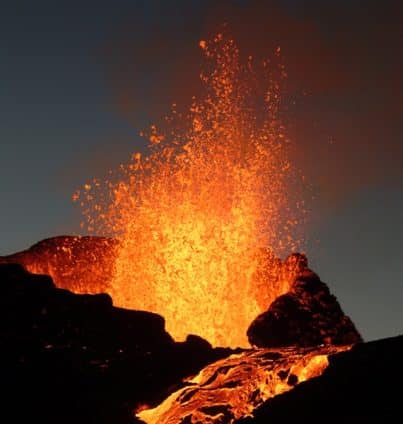Home » Spotlight • US business news » 10 Jobs In Extreme Locations
10 Jobs In Extreme Locations
https://www.whatjobs.com/news/what-news-topical/10-jobs-in-extreme-locations

By Hugh Fort in Spotlight, posted April 17, 2024

Some jobs require more than just skills—they demand courage, resilience and the ability to put up with deeply unpleasant conditions.
These roles are situated in some of the world’s most extreme environments.
They challenge the limits of what it means to go to work.
Here are 10 professions that operate under the most extraordinary conditions.
Deep Sea Diver
Deep sea divers venture into the ocean’s abyss.
This means they often work in pitch darkness on oil rigs, pipelines, and underwater construction sites.
Divers face immense pressures and require specialized training to manage the physical demands and isolation they face in depths of up to several hundred meters.
Find out more about the world of the saturation diver here.
Volcano Monitor
Studying volcanoes is undoubtedly very exciting, and very dangerous.
You don't have to be a scientist to know volcanoes aren't found in a lot of places.
This means you often to travel a long way if you want to study one.
Volcano monitors do exactly that.
They work in close proximity to active volcanoes to collect data and predict eruptions.
Their work is crucial for the safety of the people who live near something which could wipe out their entire city in a very short time.
The work involves the analysis of seismic activity and gas emissions, often at great personal risk from sudden volcanic activity.
Antarctic Scientist
Researchers in Antarctica endure one of the coldest, most isolated environments on Earth to conduct scientific studies ranging from glaciology to climate change.
These scientists spend months in research stations, isolated from the rest of the world, braving extreme cold and prolonged periods of darkness or light.
Dealing with loneliness is also a major challenge in roles like this.
Wildlife Biologist in the Amazon
Deep in the Amazon rainforest, wildlife biologists study the rich biodiversity.
This job requires enduring harsh conditions such as high humidity and heavy rainfall.
There is also the constant presence of insects and other wildlife, which are challenging yet vital for the preservation of this unique ecosystem.
Need Career Advice? Get employment skills advice at all levels of your career
High Altitude Porter
In the Himalayas, high-altitude porters assist mountaineering expeditions, carrying equipment and supplies to camps at elevations above 8,000 meters.
Their work is physically demanding and they face extreme risks from avalanches, crevasses, and severe weather.
Desert Archaeologist
Archaeologists working in desert climates face vast heat, arid conditions and freezing nights as they uncover and preserve artifacts from ancient civilizations.
This painstaking work often involves long days in remote locations, requiring both physical endurance and meticulous attention to detail.
Ice Road Trucker
Ice road truckers deliver essential supplies to remote communities and industries in the Arctic Circle.
They have to navigate roads that are literally paved on frozen water bodies.
The role requires intense concentration as they contend with subzero temperatures and the constant risk of ice breaking under the weight of their rigs.
Fire Lookout
Fire lookouts are stationed in remote towers in forests prone to wildfires.
Their job is to spot smoke and fire to initiate early response efforts.
This role requires vigilance and can involve long periods of solitude, stationed in the middle of nowhere looking for signs of disaster. .
Offshore Oil Rig Worker
Offshore oil rigs, located in oceans around the world, can be considered extreme for their isolation and the inherent dangers of working with highly combustible materials on the open sea.
Workers often endure long shifts for weeks at a time, bracing against violent storms and rough waters.
Space Station Astronaut
While technically off-planet, astronauts on space stations like the ISS work in one of the most extreme environments imaginable.
Outside Earth’s atmosphere, they conduct experiments and maintain the station, facing unique challenges such as microgravity and exposure to space radiation.
These professions illustrate not just the extremes of geographical locations but also the remarkable adaptability and perseverance of those who choose these paths.
For them, working on the edge isn’t just a job—it’s a journey to the farthest reaches of the Earth and beyond.
Follow us on YouTube, X, LinkedIn, and Facebook










